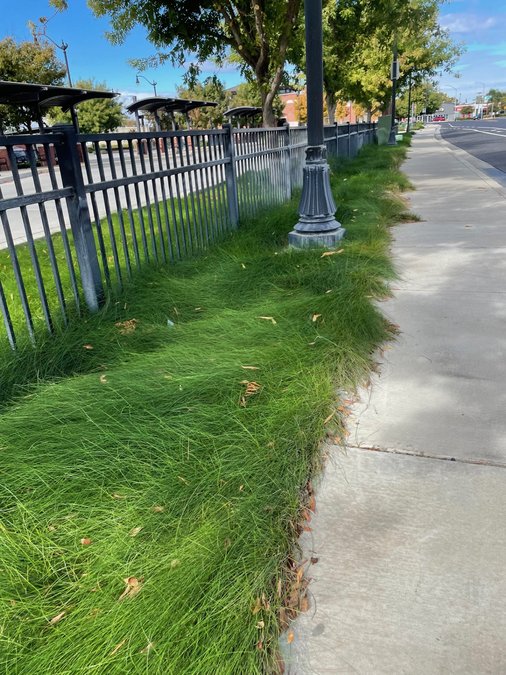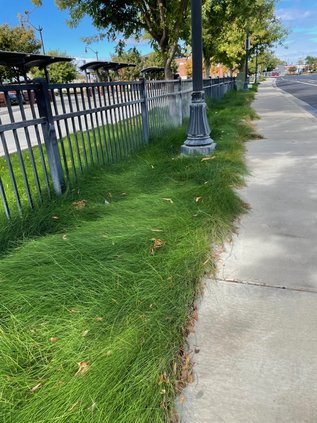Rules regarding what type of landscaping can be planted for new homes are among a long list of measures being weighed as Manteca develops its state-mandated climate action plan.
Among the ideas that have been bantered about by a citizens advisory committee working with a consultant are:
* Mandating shade trees for perpetuity at residences.
*Increase the city requirement for permeable front yard landscaping for new homes to 50 percent.
*Possibly make a similar requirement for backyards.
*Update city standards to require shade trees to have 25 percent shade coverage at city parks as well as parking lots in Manteca.
*Step up code enforcement to make sure that over the years such required improvements aren’t altered.
*Require shade trees, as opposed to ornamental trees, on city road corridors.
The ideas are among hundreds that could end up being implemented as Manteca tries to comply with state mandates.
In many cases, some of the proposals are actually state dictates that local jurisdictions have no option but to implement.
Almost none of the climate areas of concern are standalones in terms of what they are designed to address.
Landscape recommendations for example are designed to:
*Reduce water consumption to counter droughts.
*Combat urban heat islands to reduce spikes in ground and air temperatures created when large swaths of a city are covered in asphalt and concrete.
*Cut the amount of storm runoff that can contribute to flooding and pollution issues by requiring more permeable landscaping such as driveways checkered with squares of pavers and ground cover.
*Ease up on the need for air conditioning to reduce demand for electricity.
And some of the suggested changes basically nix steps the city took to reduce water consumption in 2017 for new home construction to address back-to-back droughts.
It was done in a bid to use water more wisely as the new norm based on historic natural climate changes and that triggered by civilization.
Among those is scaling back on the use of hardscaping — pavers, areas covered with rocks, and expansion of concrete driveways beyond what was part of the city’s approved plans — when a new home was built.
At the time, the city’s goal was to reduce water consumption.
That solution — basically implemented in a vacuum reacting to a drought emergency — reduced water use in a manner that increased storm runoff and set the stage to spike temperatures and also increase the need to use air conditioning.
One suggestion is an aggressive education effort by the city to share with residents the effectiveness of complying with the state generated Model Water Efficient Landscape Ordinance.
It is a measure that takes into account that about 40% of the water Californians use overall at home is used outdoors.
In the Central Valley that percentage is closer to 50 percent.
Large water savings can be gained by efficient landscape design, installation, management, and maintenance.
State officials have stressed landscaping more attuned to regional climate conditions that vary throughout California is critical.
Landscaping, for example, that thrives and is not a water hog in the Bay Area, can be the opposite in the Northern San Joaquin Valley,
Landscaping — according to the California Department of Water Resources — “should be valued beyond the esthetic because landscapes replace habitat lost to development and provide many other related benefits such as improvements to public health and quality of life, climate change mitigation, energy and materials conservation and increased property values.”
To contact Dennis Wyatt, email dwyatt@mantecabulletin.com






